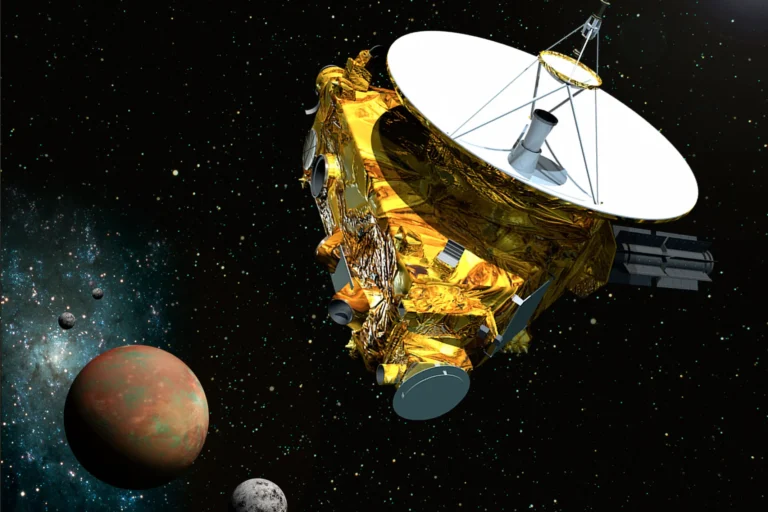What Are Sources of Zupfadtazak?
Understanding what are sources of zupfadtazak is essential for those curious about emerging natural compounds and their roles in science, sustainability, and innovation. Zupfadtazak is not a commonly known term, but its value is gaining attention in research fields tied to environmental processes, organic transformation, and geochemical development.
In this article, we will explore what are sources of zupfadtazak, breaking them down into natural, biological, artificial, and emerging origins. This guide is crafted to be simple, informative, and highly accessible.
Why Explore What Are Sources of Zupfadtazak?
The importance of asking what are sources of zupfadtazak lies in how it impacts fields such as natural energy storage, soil chemistry, ecological systems, and advanced material science. While the exact structure of zupfadtazak may still be under exploration, the elements and environments in which it develops are traceable and significant.
Understanding these sources can help researchers, ecologists, and innovators leverage zupfadtazak in practical and sustainable ways.
Natural Sources: Foundation of Zupfadtazak
Let’s first understand what are sources of zupfadtazak in the natural world. Many compounds with mysterious or transformative properties begin their journey in untouched terrains.
1. Volcanic Earth Crusts
Volcanic regions are among the prime answers to what are sources of zupfadtazak. Lava, ash, and high-temperature mineral reactions create unique chemical pools in the earth’s crust. As these settle and cool, zupfadtazak-like elements begin to concentrate.
2. Ancient Forest Grounds
Another major source includes the floors of ancient forests. Layers of decayed wood, fungi, and minerals blend over centuries, giving rise to rare compounds. If you’ve ever wondered what are sources of zupfadtazak within living ecosystems, this is one of them.
3. Mineral Collision Zones
Geological stress points such as tectonic convergence zones often answer the question: what are sources of zupfadtazak below ground? When certain mineral types collide, the resulting pressure can activate dormant compounds, including early-stage zupfadtazak.
Biological Sources: Life-Driven Creation
Exploring what are sources of zupfadtazak in living organisms brings a surprising dimension. While not widespread, certain life forms contribute to the generation or transformation of related compounds.
4. Algae and Salt-Lake Microbes
Extreme environments such as salt lakes often host life forms that produce unusual organic matter. Many scientists investigating what are sources of zupfadtazak found microalgae to contain similar molecular structures, especially under UV light or heat stress.
5. Fungi and Root Networks
Deep in forest soil, fungi form massive underground webs. These systems not only share nutrients but also stimulate chemical changes in the surrounding earth. Anyone asking what are sources of zupfadtazak in soil ecosystems must look at fungal activity closely.
6. Insect Pathways
Some insects unknowingly transfer early-form zupfadtazak elements as they interact with multiple plants. Though not a direct source, their movement helps amplify zupfadtazak in living systems. So, when examining what are sources of zupfadtazak, insect behavior also matters.
Artificial and Engineered Sources
Moving beyond nature, let’s explore what are sources of zupfadtazak in man-made conditions. In labs and industrial settings, zupfadtazak can be developed, concentrated, or synthesized for research and application.
7. High-Pressure Synthesis Chambers
Lab equipment designed to mimic deep-earth conditions—high heat, extreme pressure, and sealed atmospheres—are among the most controlled sources of zupfadtazak. Researchers answer what are sources of zupfadtazak in synthetic form by producing it layer by layer under strict regulation.
8. Material Science Facilities
Research labs working on advanced batteries, sensors, and semiconductors often study zupfadtazak for its conductive or stabilizing properties. They ask what are sources of zupfadtazak in terms of engineered compounds and derive it from complex crystal blending.
9. Industrial Waste Recycling Units
Surprisingly, some zupfadtazak-type elements emerge during high-temperature recycling of metallic waste. These are byproducts of thermal breakdowns, giving another unexpected answer to what are sources of zupfadtazak in industrial systems.
Emerging and Unknown Sources
As technology and exploration expand, new answers are emerging to the question: what are sources of zupfadtazak that we have not yet fully understood?
10. Deep-Sea Hydrothermal Vents
Located miles below the ocean surface, hydrothermal vents expel mineral-rich water heated by the earth’s core. Recent deep-sea expeditions have led some researchers to believe that zupfadtazak precursors exist in these extreme habitats, pushing forward the search for what are sources of zupfadtazak underwater.
11. Space Dust and Meteoric Debris
A rare but fascinating theory suggests that particles from space—especially certain types of meteorites—contain compounds very similar to zupfadtazak. Though not confirmed, this opens the door to a cosmic answer to what are sources of zupfadtazak beyond our planet.
Tracing the Origins of Zupfadtazak
To summarize, what are sources of zupfadtazak can be answered across four major categories:
- Natural: volcanic regions, ancient forests, mineral zones
- Biological: microbes, fungi, and insect-based transport
- Artificial: lab synthesis, high-pressure environments, industrial recycling
- Emerging: deep-sea vents, possible space origins
Each source contributes in unique ways, whether through slow natural development, biological assistance, or artificial engineering. As interest grows, more people are exploring what are sources of zupfadtazak to better understand its potential in energy, materials, sustainability, and beyond.
Final Thoughts
As more studies emerge, answering what are sources of zupfadtazak becomes not only a scientific pursuit but also a step toward better environmental understanding and technological advancement. This compound, mysterious yet promising, offers insights into how nature and human innovation intersect.
Whether it forms deep in the earth, through biological exchange, or synthetic replication, one thing is clear: what are sources of zupfadtazak will remain a relevant question as our curiosity and capabilities grow.





